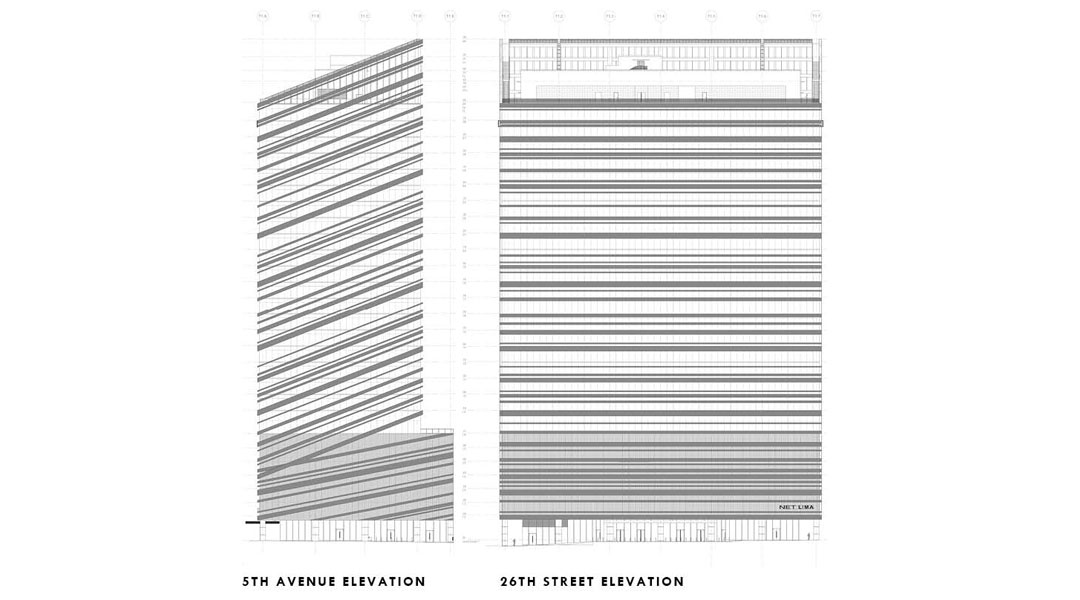
Grading Green: The case for BERDE over LEED
The Net Metropolis in Bonifacio Global City (BGC) is easily the most exciting commercial office building complex developed by The Net Group (TNG) not only because it is new and innovative, but also because it is the first building certified under the Philippines’ new green building rating tool, BERDE. While many have heard of LEED—indeed, a handful of buildings around the block are LEED certified—few people know of its local counterpart.
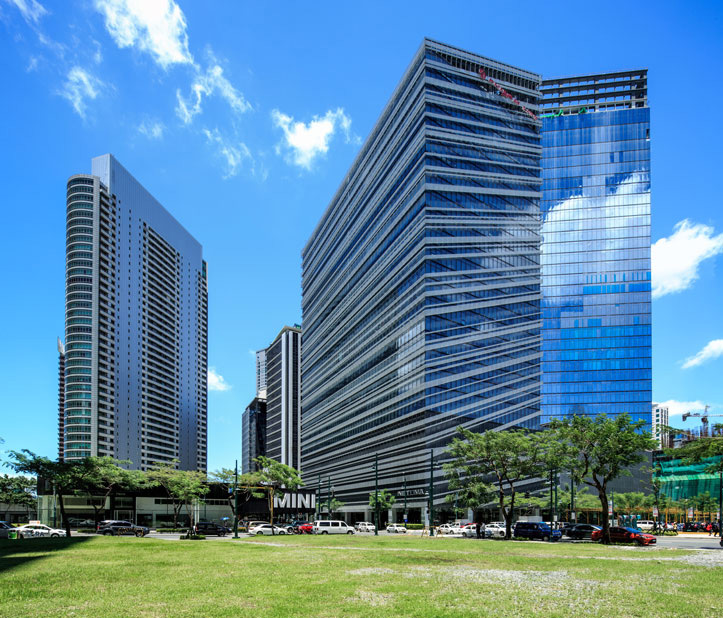
What is BERDE?
An acronym for Building for Ecologically Responsive Design Excellence, BERDE is the Philippines’ voluntary green building rating system developed by the Philippine Green Building Council (PhilGBC), a member of the non-profit World Green Building Council (WorldGBC). WorldGBC’s mandate is for every country to develop its own rating tool, such as LEED (US), Green Star (Australia) and Green Mark (Singapore). Like its foreign counterparts, BERDE measures, verifies and monitors the performance of buildings above and beyond existing mandatory building and environmental regulations and standards.
BERDE has four major rating schemes—new construction, retrofits and renovations, operations, and existing buildings. The number of points a project earns in each of the categories (i.e. water, land use ecology, etc.) determines its level of accreditation; the highest is five stars while the lowest is one star. Project teams submit documentation to prove compliance with the requirements of each category. Rating systems provide developers with a quantifiable basis for claiming to be green. It’s a mechanism to prevent greenwashing, where companies advertise unverifiable environmental benefits of their buildings for branding and marketing purposes.
TNG executive vice president Ramon Rufino, a green building advocate, is among the founders of PhilGBC. He would later be elected PhilGBC chairman in 2014. Returning from his studies in the US in 2006, Rufino joined TNG and was tasked to spearhead the development of Net Metropolis. At that time, PhilGBC was already developing BERDE. Having seen the benefits of green office buildings abroad, Rufino was able to convince his team at TNG to work with PhilGBC and apply as the pilot building of BERDE.
READ MORE: Tunnel Vision: Fort Bonfacio War Tunnel Restoration
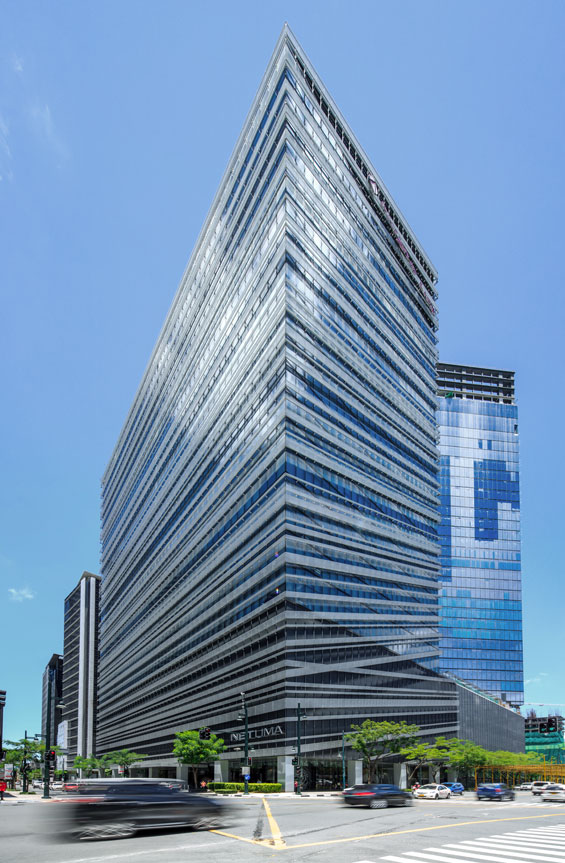
Miami-based architect Chad Oppenheim planned the 1.2-hectare Net Metropolis at the corner of 5th Avenue and 26th Street. With local design consultants L.V. Locsin Partners and CS Design Consultancy, Oppenheim originally planned for three office towers on a six-level podium. However, at the height of the Financial Crisis of 2008, TNG sold off part of the property to the Ascott Group, which built the Ascott Hotel, leaving space for only two office towers, the Net Lima and the Net Park. Despite the change, Rufino said that a serviced hotel would complement their office buildings especially now that it hosts a number of multinational companies. Rufino admits that undergoing BERDE entailed additional costs, which would normally be passed on as a premium to the tenants. While the local market seems to be cautious and skeptical about the benefits of green certification to the bottom line, TNG succeeded in attracting big names like Coca-Cola, PhilAm, Google, Citibank, and Sony, all of which wanted to locate in a green building as part of their CSR programs and initiatives in greening their operations.
The first office building, the recently completed Net Lima, is a 28-storey tower with ground level retail, a five-storey parking podium, and a landscaped amenity deck. The second tower, the Net Park, is now under construction. Architect-of-record Leandro A. Poco of L.A. Poco Architects says that BGC’s Urban Design Guidelines tend to define a homogeneous building typology. “Because BGC is strict with building volumes and GFAs, most buildings end up becoming reinterpretations and iterations of elements on the building skin, wrapping around a similar tower-podium-arcade typology,” he explains. He identifies the band of perforated aluminum panels wrapped around the buildings as the element that differentiates the Net Metropolis Superblock from the guideline-driven volumes of the buildings in the area. The aluminum panels reduce heat and glare from coming into the building, and they create depth and layering on the façade. Says Poco, “Net Lima’s iconic profile, while not necessarily the tallest in the area, stakes its claim on that part of BGC’s skyline.”
Rufino is not apprehensive despite the popularity of LEED over BERDE in the Philippines. “As long as the building is certified under a green building rating tool, I’m happy. It means it went through a process and there’s less likelihood of greenwashing,” he said. He praised the success of LEED and how it changed the conversation in the US property sector. “In the US, it’s no longer a question of whether you’re going green or not, but how green your building will be. All new buildings are expected to be certified.”
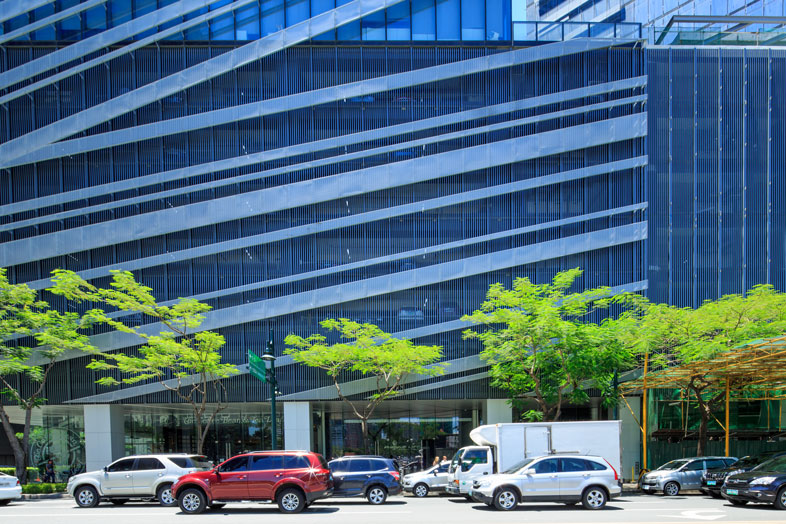
The case for BERDE over LEED
“Every country’s experience and conditions are different including climate, technology level and laws,” continues Rufino. “LEED is a US-centric rating tool though they have been rewriting the latest versions to make it more global, but BERDE is built to consensus.” PhilGBC conducted public and multi-sector consultations to get feedback from real estate stakeholders. “We got buy-in from the local industry because we asked architects, engineers, and developers to give us their comments.” One of the issues raised was that some documentation requirements of foreign rating systems that should come from local planning authorities are not being issued by the Philippine government. BERDE requires the submission of environmental clearances and building permits prescribed by the national and local governments. This serves as a cross-check of the building’s compliance with existing legislation and national policies regarding environmental practices in the country.
BERDE is also the first rating system in the world to account for heritage conservation, a welcome check and incentive in a country with a built heritage constantly threatened by developments. Thus far, only BERDE rewards retrofit and reuse of historic buildings. This parameter does not apply to Net Metropolis, but culturally-sensitive developments in historic districts like Binondo and Escolta stand to earn a lot of green points.

While the parameters of green rating systems around the world are similar, the weights differ based on the priorities of each country. According to Rufino, the main advantage of BERDE is that it is aligned with the United Nations Millennium Development Goals (MDGs) for emerging economies, which underscores water conservation and access to clean water as a major problem in the Philippines. Aside from waterless urinals and faucets with sensors, Net Lima uses condensate drain collection to augment the water supply used for irrigation and general maintenance. Condensate water from the building’s variable refrigerant flow (VRF) air-conditioning system are collected and stored in a glass-reinforced plastic (GRP) tank with built-in leak detection system. For the Net Park, TNG is installing a rain water collection system aside from the condensate water collection system. The goal is to collect enough water for landscaping and cleaning without having to get from the tap.
Common myth about green building
TNG vice president and legal counsel Cristina Samson addresses common misconceptions about green building certifications.
She says, “People think that if you go for a green building, your cost will jack up to 100 to 200 percent more than the original cost.” She cites construction waste management as one criterion where developers could score points without spending much. For Net Park, crates used for equipment delivery were recycled into pieces of furniture and bicycle racks. Samson also encourages developers who don’t want to go for certification to at least use BERDE as a roadmap to guide them in the whole project delivery cycle. “Unlike with LEED, BERDE is open source. If you go to BERDE’s website (berdeonline.org), you can download every single rating tool for free.”
BERDE as a public policy
Aside from business, BERDE is also gaining influence in the area of policy development. While Rufino and Samson support mandatory green building amendments to the National Building Code, both agree that BERDE should remain a private sector-led and voluntary system. “BERDE should always be above and beyond the minimum requirements of the law. If they want to amend the building code to be greener, that’s great,” says Rufino. “But BERDE would also have to adjust with more stringent requirements. To those who want to push the envelope and go beyond what’s required, BERDE is a way for you to be recognized for the effort.” This didn’t prevent local government units like that of Mandaue City to pass an ordinance requiring all new planned unit developments (PUDs) in the city to meet BERDE standards. Others like Mandaluyong borrowed heavily from BERDE and passed their own green building certification ordinance.
Rufino says, “We support these LGUs but we don’t believe that they can sustain the certification because their building officials are already loaded. They can hardly check compliance of every building permit applicant.” While BERDE is developed by PhilGBC, the actual assessment of buildings is conducted and professionally managed by a third party auditor, in this case TÜV Rheinland Philippines. This ensures the integrity of the process placing it beyond the reach of corporate greed and government corruption. There are also green building rating tools crafted by other private organizations, but only BERDE may claim to be representative of the construction and property industry. The rest were developed by certain groups in the industry like architects and engineers.
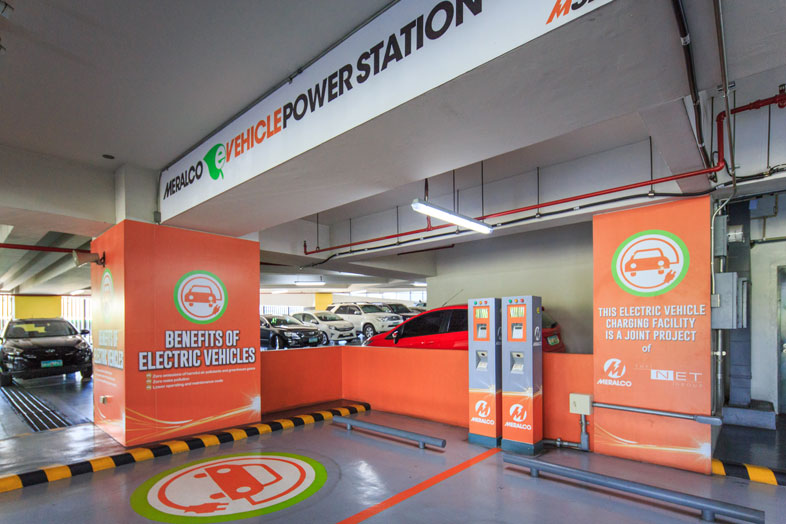
Beyond the bottom line
Green building used to be just about environmental protection and the bottom line, but according to Rufino, green advocates are now looking at the effects of green buildings on people. He cites latest research that says green buildings improve the well-being and increase the productivity of their users. Factors such as temperature control, quality indoor air, and access to daylight and views are found to have positive effects in the workplace where employees spend approximately 40 hours a week. Says Rufino, “Just imagine if you have people who come to work on time and are less absent because they feel good in their office; imagine if you have teammates who are more focused, more patient, and hindi pikon. Maybe you can save a little on your monthly energy and water consumption but if I told you that I can improve the productivity of your people by 10 percent, isn’t that a powerful economic driver for your organization?”
